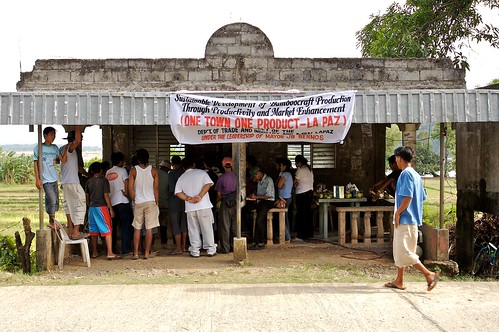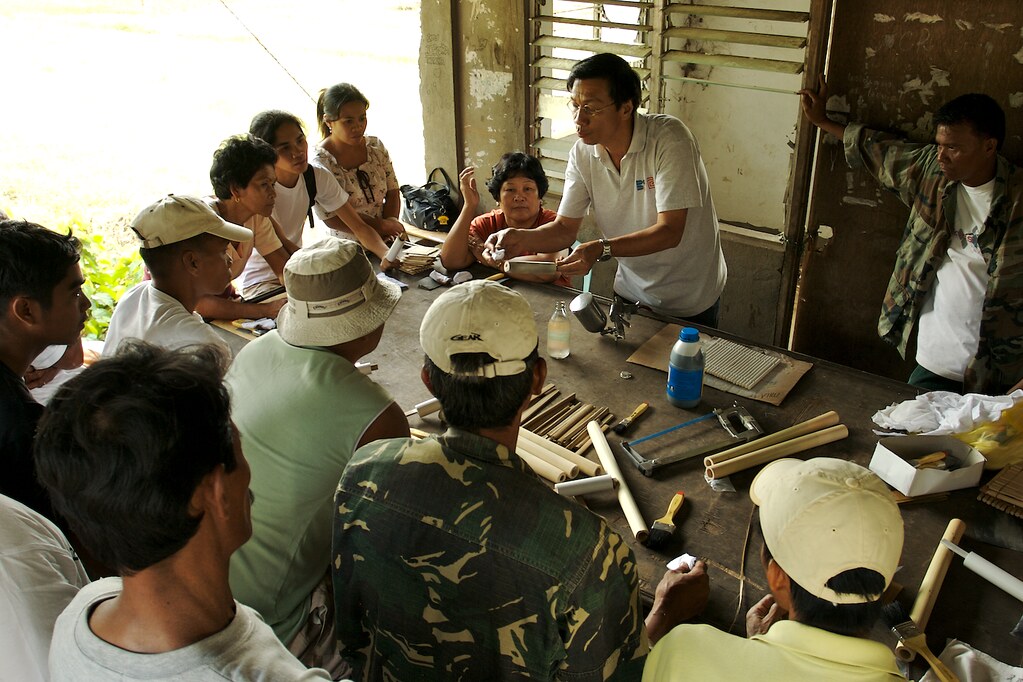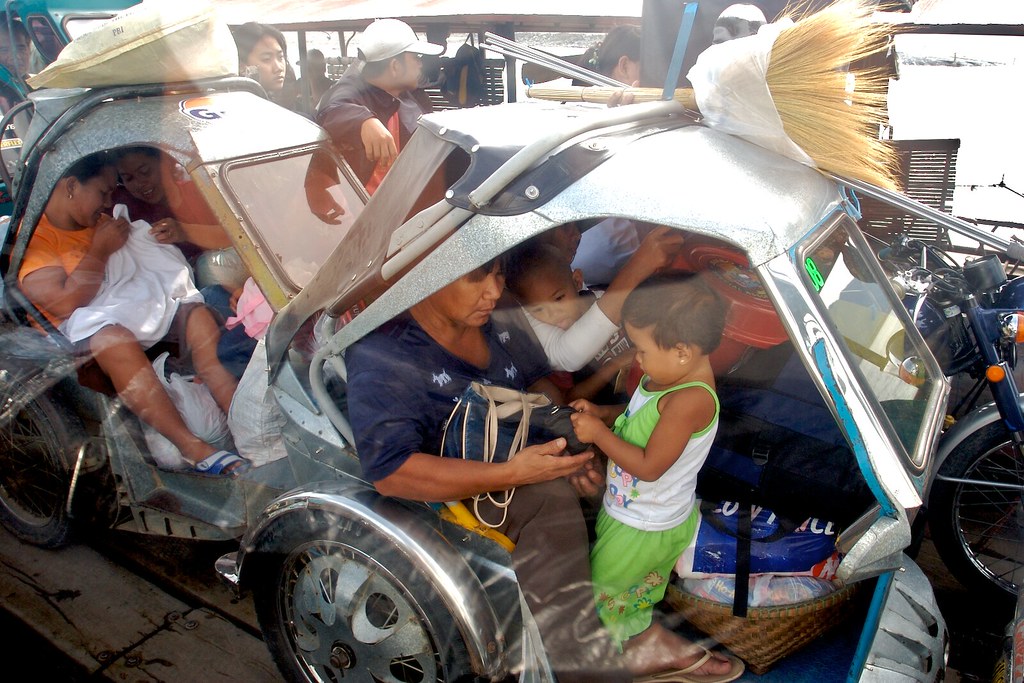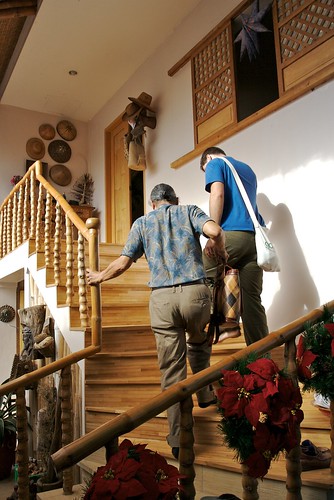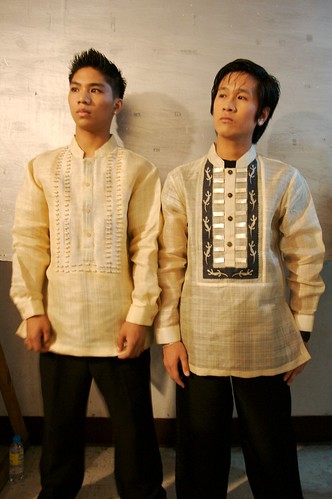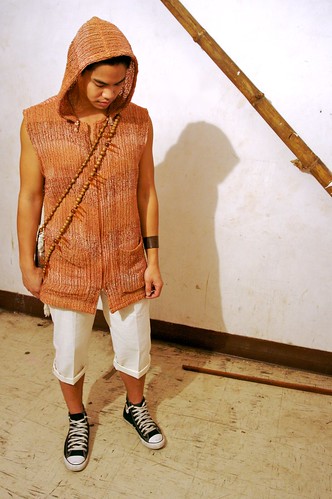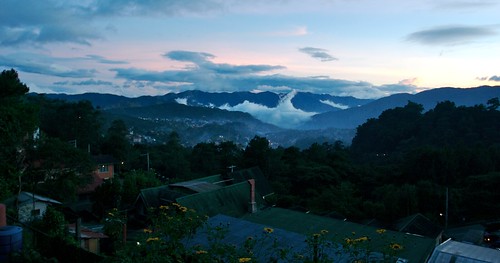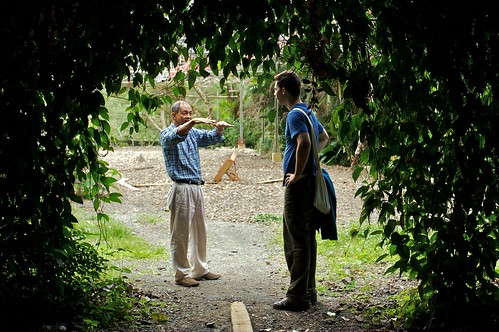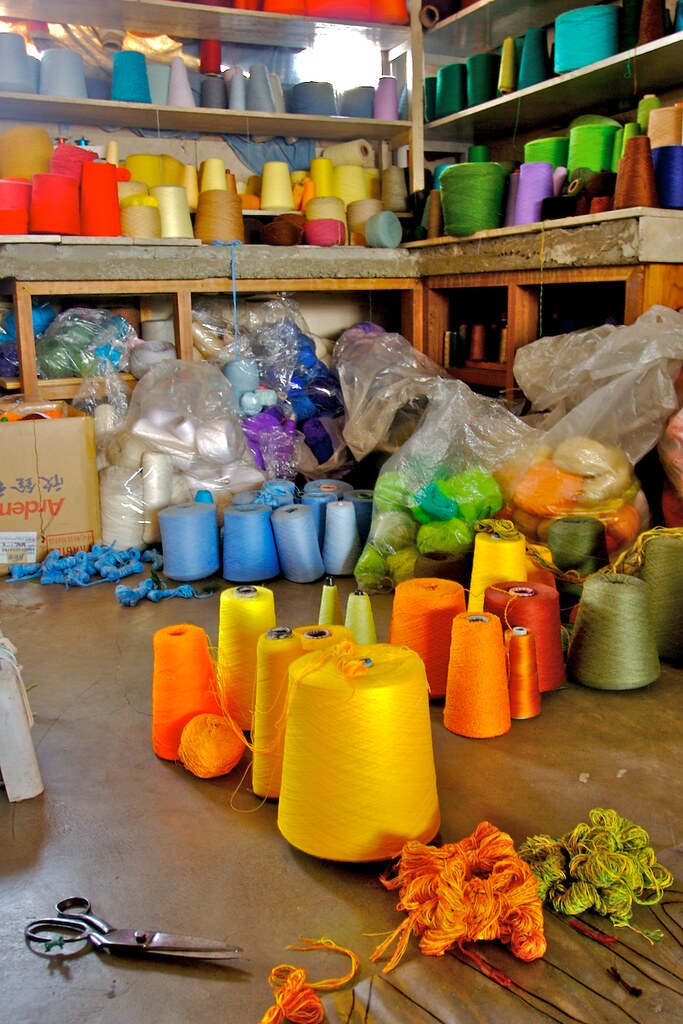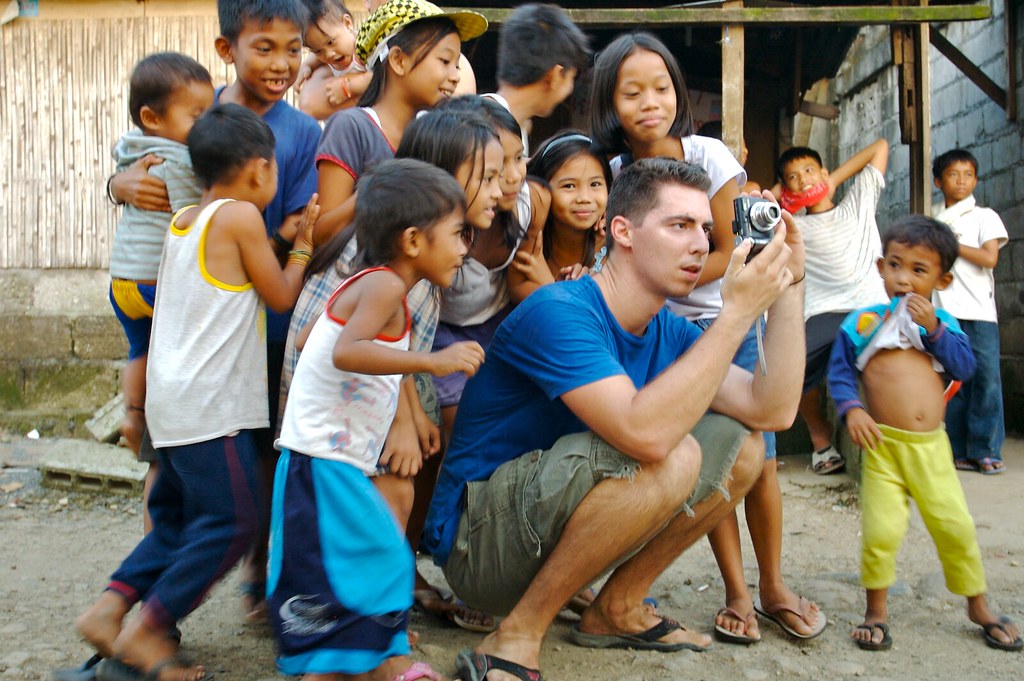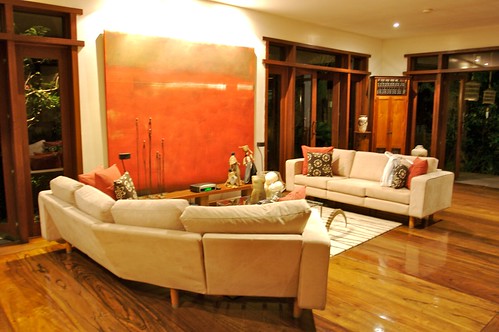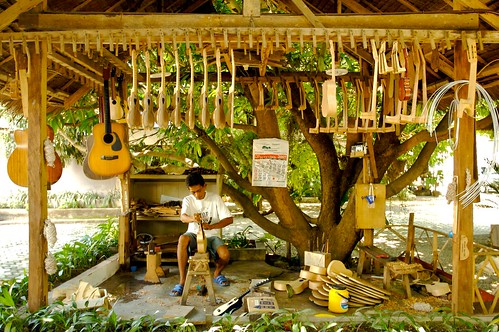Is how we felt when we got an opportunity to experience the homes of 4 families to examine their self built homes. This stage in our designing project let us get in touch with the target group for our housing project. The spaces these people live in are much different from what I am used to in Canada. There is no heating which can make it very cold in the winter given La Trinidad and Baguio are 4500ft above sea level. The addition of galvanized steel wall that are not insulated at all only amplify the outside temperature, cold or hot. Space is at a premium with most of these families opting for the largest lots they can afford to plan for the future. These lots are still smal by most standards because of the hillside location. Regardless the families must pinch every centavos to build some kind of shelter. If you think this house is small for one person you can only try to imagine what the 5 inhabitants feel like.
All of the four houses we visited had many things in common. Metal roofs, walls and a detached bathroom or comfort room as its referred to in the Philippines. The owners of this house have plans for the future construction. On day when they can save enough money they hope to take advantage of the concrete posts they installed to build a new hollow block home. Thought this structure may look temporary they are built in an affordable permanent way very common to the area. This house is actually better than most with these posts witch not act as a support and foundation to support and keep the house intact in severe wind weather. This home was also the only one to have a inset sink inside, the three others live as most do washing what they need outside in a large basin including themselves. No heat or hot water here.
Apparently the people in this area are no stranger to crime and attack even going as far as saying that they hope one day they can afford a concrete house because criminals often easily cut through the g.i. sheeting.








